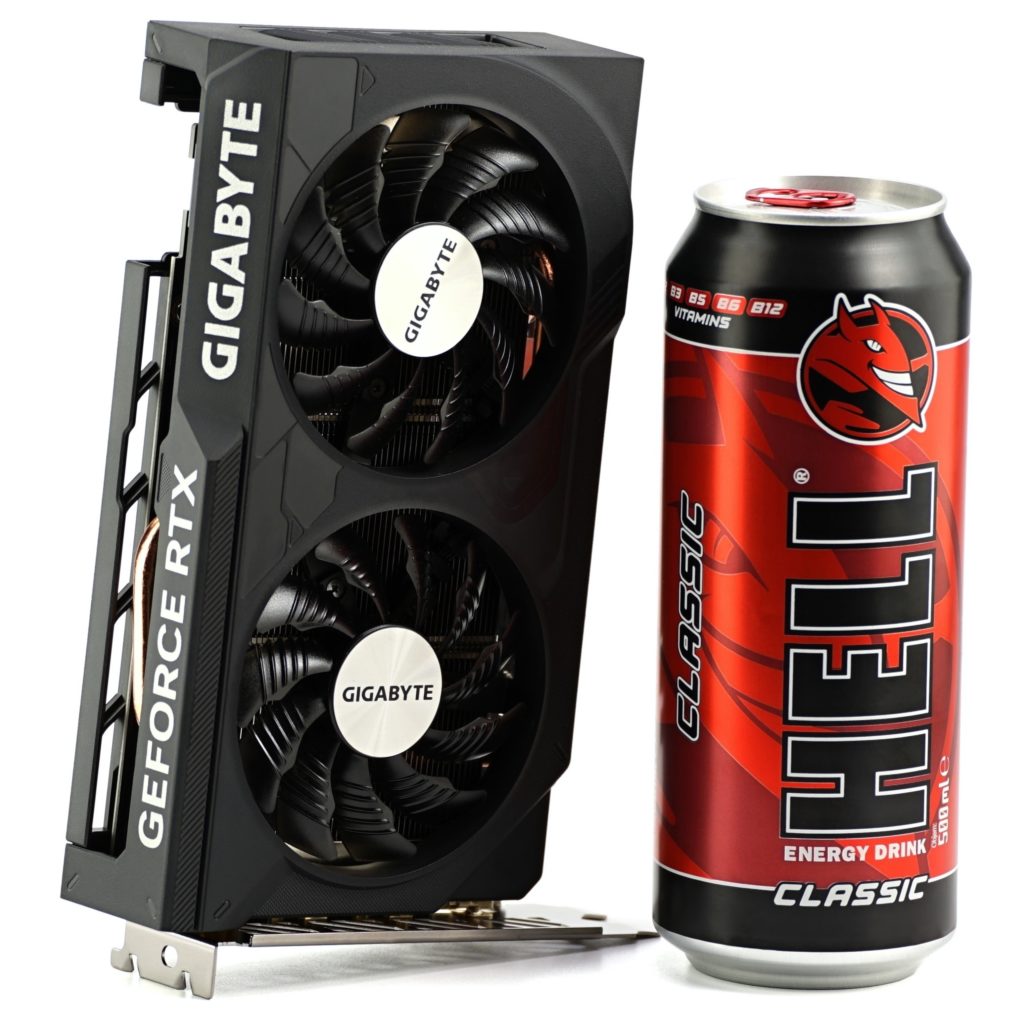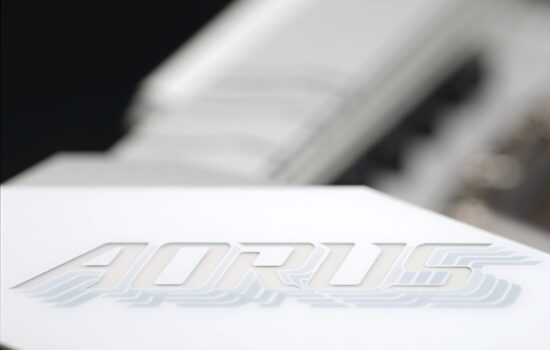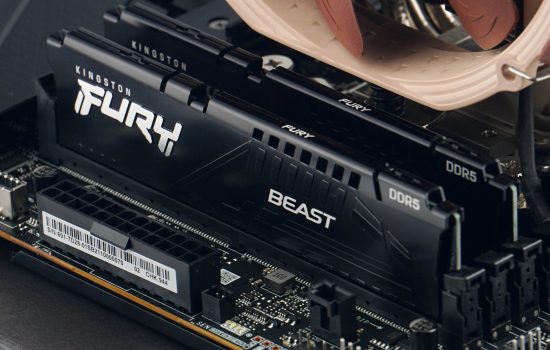Gigabyte RTX 4060 WindForce OC 8G
Nvidia’s smallest, lowest-power, cheapest, and possibly most efficient Ada Lovelace GPU is already a reality in GeForce RTX 4060 graphics cards. Thanks to the low power draw, even very small designs with excellent compatibility with surrounding components are possible. The Gigabyte Windforce OC 8G, which does not outweigh even a half-liter can, is one of these.
It should be noted at the outset that this article does not contain any tests, those will be added later. For now, we’ll just go over the basic parameters and features of the Gigabyte RTX 4060 Windforce OC 8G graphics card. It is based on the Nvidia AD107(-400-A1) GPU with 32 blocks of computing units (SM). So it’s exactly two-thirds compared to the RTX 4060 Ti (with the AD106 GPU).
The TDP is only 115W, which puts the GeForce RTX 4060 well below the competing Radeon RX 7600 (with a TDP of 185W). You’ll have to wait a little longer for an exact efficiency comparison, but it’s clear the Nvidia GPU-powered graphics card will dominate and will probably dethrone the RTX 4060 Ti as well in this regard. We’re guessing the latter won’t be as much faster as the RTX 4060 is less power-hungry. Especially when it comes to variants with reference GPU clock speeds (2460 MHz in boost), which the RTX 4060 Windforce OC 8G also has. In other words, Gigabyte isn’t reducing the efficiency of this card by upping the clock speeds.
The Windforce OC 8G is Gigabyte’s cheapest and smallest RTX 4060 variant. It is priced at 337 EUR, and comes in at 192 mm in length. It’s also a slim card at the same time, which at 40.8 mm doesn’t even exceed the height of two slots.
The only dimension for which it may be incompatible with some cases is the width (120 mm), which exceeds the metal bracket bend with the screw hole by 14 mm. In the very rare case of typically smaller, dual-chamber cases with vertically split interiors, this is where collision with the side panel may occur. Otherwise, this is a really compact graphics card that weighs only 510g.
The casing is completely plastic, including the backplate, which sort of fits Gigabyte’s lower-end. There’s usually a bit of saving on this one. Even though it’s a short card overall, the PCB is still a hair shorter, making room for a narrow window in the back. This ensures better airflow through the cooler to some extent.
The heatsink is quite simple, only one heatpipe transfers heat from the chip (and VRM) to the fins. Whether this will be enough to operate at a lower noise level remains to be seen in tests.
There are two fans with a diameter of 80 mm. Their blades are characterised by a triangular protrusion roughly in the centre of the leading edge, which is followed by protruding grooves. This modification at the intake suppresses unwanted microturbulence, as a result of which a higher airflow can be achieved at a lower noise level.

The GeForce RTX 4060 with 8GB of memory (GDDR6) will mainly be pitted against the Radeon RX 7600, over which it will have the advantage of exclusive DLSS 3, CUDA or OptiX support. The disadvantage, in turn, may be in the form of DisplayPort 1.4 only. Some RX 7600s are in the same position, but selected models also support DP 2.1.
Standard tests of the Gigabyte RTX 4060 Windforce OC 8G will be released in the near future.
English translation and edit by Jozef Dudáš






















